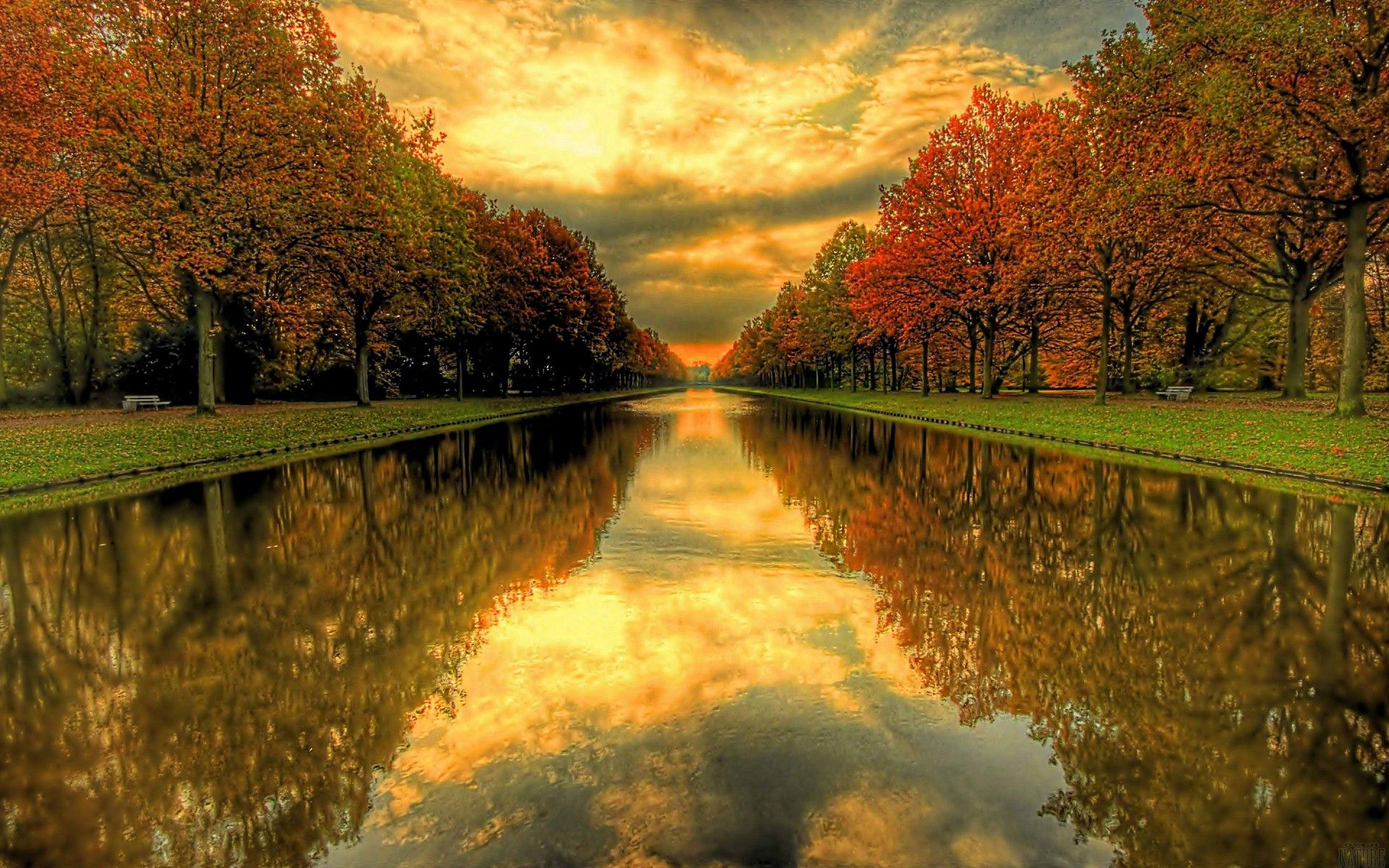
When in the My Stationary folder, the HTML markup written by Nvu has src=”menga48.jpg” in the tag for the file path. For example, the image I used was menga48.jpg. The signature file itself must reside in My Stationary for any signature images to work. It is something not too many people use simply because the stationary choices are terrible, and the way to create them is even more terrible (File / Save as Stationary doesn’t work, and the Stationary Wizard via the Options/Compose tab/Create New button isn’t too much better). Why must the signature file itself and images I use be in My Stationary and not in a more convenient spot? Everything in your signature file must be static in nature (which it is by default). For example, if you entered in some JavaScript, that absolutely would not work. You can’t do anything that involves scripting of any kind. You can highlight any text and make it any color you want.Ĭan I use advanced features when editing my signature such as tables, horizontal rules, paragraph alignment and so on? Your signature will never “break” because it will be not be dependent on any external image hosting whatsoever.Ĭan I use colors when editing my signature? They are attached to your e-mail and sent inline without any need to host them externally on other web sites like ImageShack or PhotoBucket. It will instantaneously take effect in WL Mail on any future mails you send out.Īre the images I use in my signature attached as inline?

Launch Nvu and open the signature file from the My Stationary folder. In Options/Send, the Reply to messages using the format in which they were sent checkbox must be unchecked, the Mail Sending Format must ticked as HTML, like this: In Options/Read, uncheck Read all messages in plain text, like this:

You’re probably viewing and/or composing mails in plain text only. My signature doesn’t look the same as it did in Nvu. Success! Your new advanced signature works! Questions answered Compose a new e-mail to yourself to test it out. Make sure Add signatures to all outgoing messages is checked:ħ. Navigate to your My Stationary folder and select signature (this is the file you just saved a few moments ago).Īt this point you will see the file path next to File, similar to this (the path will be different on XP computers because My Documents is in a different location): In WL Mail, press ALT+M to bring up the menu, then click Options:įor the new window that appears, click the Signatures tab, then tick the option File at bottom, like this:Ĭlick the Browse button to the right of File.įrom the Open window that appears, change Text Files to HTML Files, like this:
#WINDOWS LIVE MAIL STATIONERY IMAGES WINDOWS#
Enable the signature in Windows Live Mail. When we’re all finished, simply click Save and close Nvu.Ħ. Remember that you can highlight and select different text just as you would in a word processor program, adjusting some to be one size and other text a different size. Lastly, adjust the font size by using the font increase/decrease size buttons: If you choose a font that is non-standard, chances are high that it will show up as nothing but Times New Roman (or other standard serif font) on the recipient’s computer. It is strongly suggested that you only use Helvetica/Arial, Times or Courier as everybody has these fonts installed on their computers. Press CTRL+A to highlight everything in the page.Ĭlick the drop-down menu that states Variable With or Mixed and pick Helvetica, Arial like this: The last thing we’ll do is change the font. Here’s an example of what you could have: Your image will be inserted into the page.Īfter that, type in some text you want in your signature.įor any text you want linked to another web site, highlight the text and click the Link button at the top of Nvu. Find the title of the image you want to add, then double-click to open it.Īfter that, tick the option for Don’t use alternate text (if you don’t, Nvu will force you to use alternate text for images, which is not necessary).

If not, navigate to My Documents then My Stationary. You will be automatically placed into the My Stationary folder to find the image you want. Click the Image button at the top of Nvu.


 0 kommentar(er)
0 kommentar(er)
